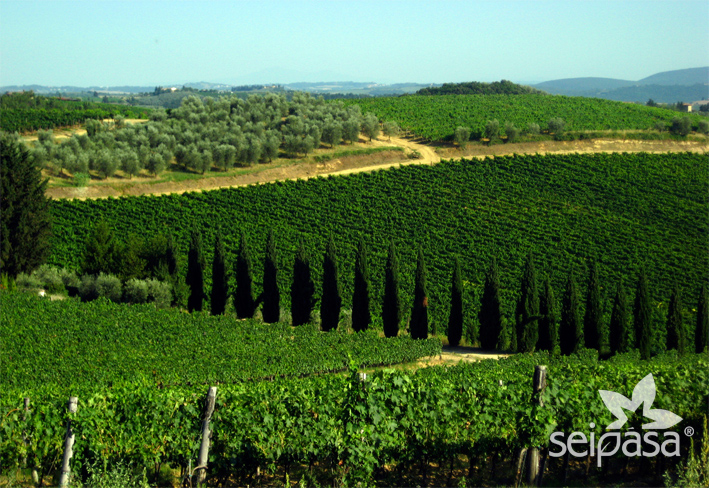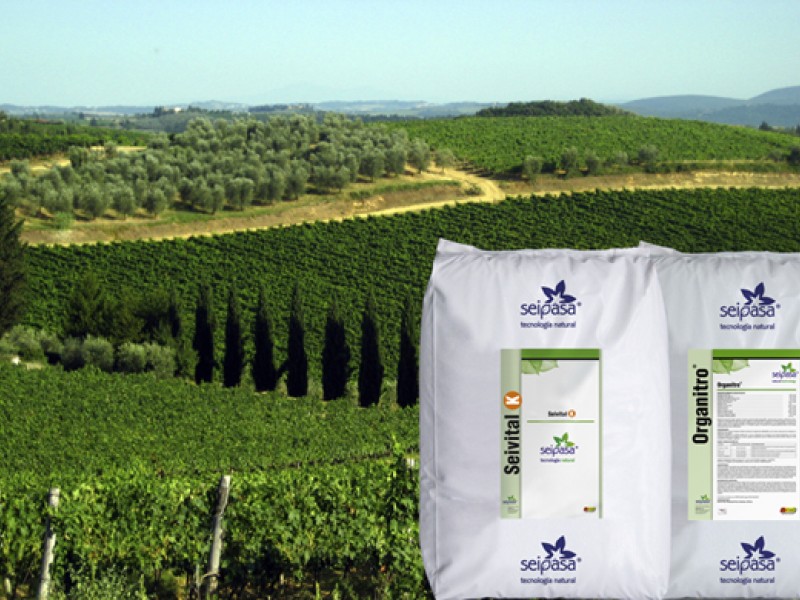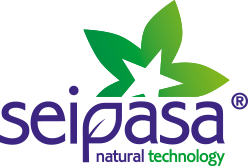Vines and olive trees: Soil preparation for a successful campaign

When the time comes to fertilize vines and olive trees, the question to be asked is which product to use to achieve the best results.
The correct soil preparation in order to lend it a nutrient balance is critical for having a good campaign. It is one of the practices that influences the most in the harvest’s production and quality, and must be as respectful as possible of the environment, preventing leachate and runoff.
Although the necessary macronutrients (nitrogen, potassium and phosphorus) are naturally in the soil, they will not replenish fast enough to maintain soil fertility. That is why it is necessary to make additional contributions. But which fertilizer should be used?
Based on the securities that offer organic full fertilizers compared to synthetic fertilizers and even manure (See: The benefits of 100% organic full fertilizers), before choosing one or the other soil and foliar analyses should be carried out in order to grasp the exact needs of each crop.
Not only the characteristics and composition of the substrate must be taken into account, but also the type of plant material, age, agricultural practices, water status or planting density used, among other items. It is also important the observation of the farmer on the development and evolution of plants.
In keeping with these circumstances to try to prevent nutrient deficiencies and excesses, fertilizers can be applied as efficiently as possible through its specific formulation, fractionation and / or its adaptation to the stage of the crop cycle when its availability is the most appropriate.
Fertilizers for new olive trees and vineyards

At the current stage of the production cycle of the olive tree, it needs all the energy to develop its leaf mass, and one of the best options - due to its formula - is full fertilizer Organitro®, which includes much nitrogen and is 100% organic. Accordingly, it is the most appropriate reference for new vines.
Its high organic matter content substantially improves the soil’s chemical, physical, and biological properties. It also increases its capacity of cationic exchange* and acts as a buffer agent to lower the tendency to sudden pH change in the soil when acidic oralkaline reaction substances are applied. It also allows the formation of organometallic complexes, thus stabilizing soil micronutrients that otherwise would not be profitable.
It is crucial to stimulate the plant metabolism and crop revitalization, especially during periods of peak nutrients demand, in order to achieve higher productivity, and references like this are essential.
Vines in production
For vines in production, with higher potassium requirements, you can use specialized solutions such as Seivital K. It is an organic fertilizer with a high percentage of this essential macronutrient, which also makes it the most appropriate when crops are into the flowering and setting periods.
Thanks to its input of organic matter and humic acids, allows farmers not only to improve soil structure by increasing cation-exchange capacity, but also boosts microbial activity and the availability of exchangeable potassium at the time it favors the transformation of this nutrient, which is included in the soil in a form that cannot be absorbed by the plant.
*Ability of soil to retain and release cations. The most important cations related to plant growth are calcium (Ca), magnesium (Mg), potassium (K), ammonium (NH4 +), sodium (Na), and hydrogen (H). The first four are nutrients directly involved in plant growth. Sodium and hydrogen have a pronounced effect on the availability of nutrients and moisture.

